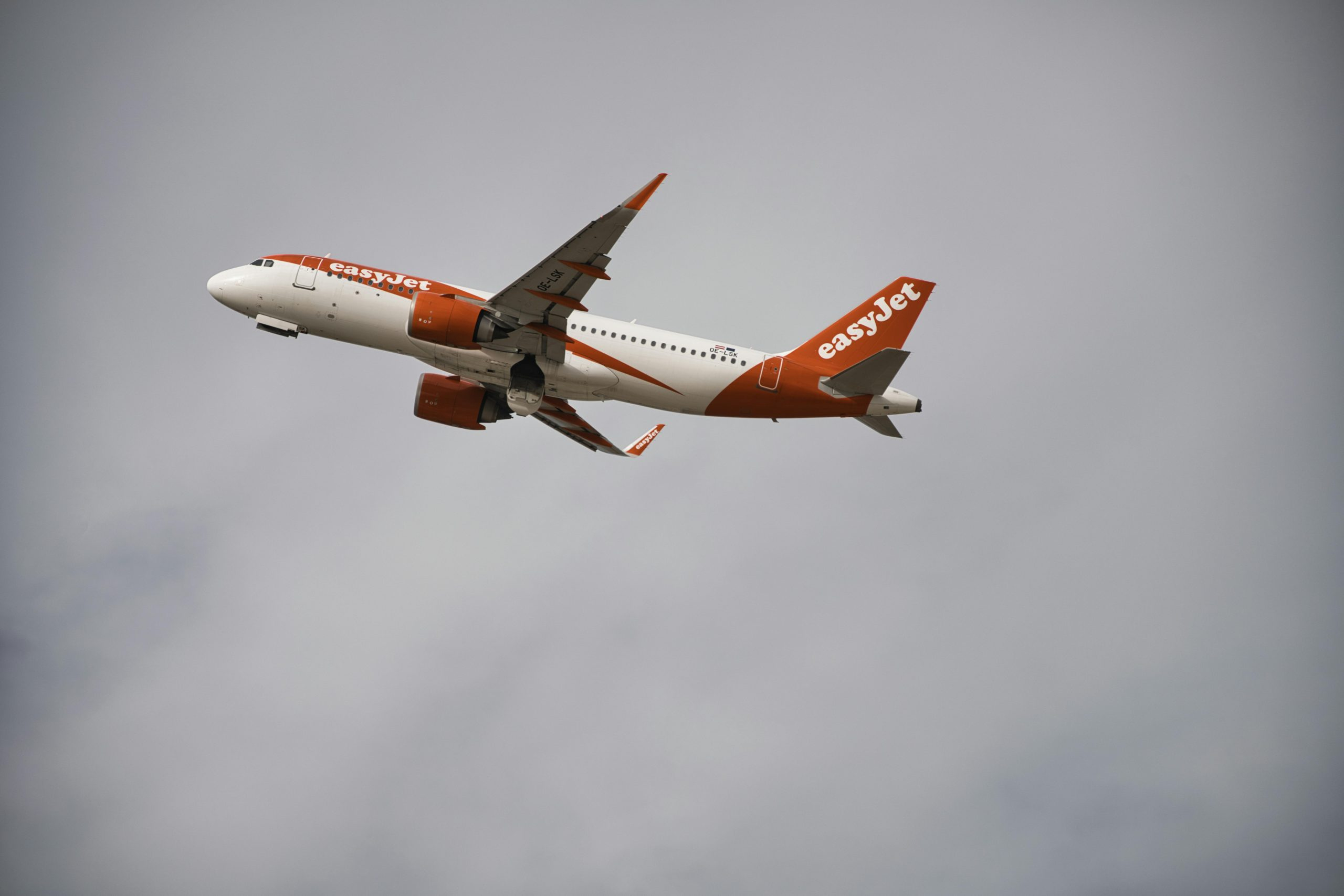Flying Cars: Progress and Challenges in 2025
The concept of flying cars has always been one that has captured the imagination of people, as seen in popular science fiction media like The Jetsons and Back to the Future Part II. It seemed like a distant, futuristic dream, but with recent advancements in technology, flying cars are no longer just a figment of our imagination. This year, several companies have announced plans to launch flying cars by 2025. But along with significant progress, there are also numerous challenges that need to be addressed before these vehicles can take to the skies. In this article, we will take a closer look at the progress and challenges surrounding flying cars as we approach the year 2025.
The Progress of Flying Cars
The idea of flying cars dates back to the early 20th century. In 1917, Glenn Curtiss, an aviation pioneer, designed and built the Autoplane, the first flying car prototype. However, it was not until the 21st century that significant progress has been made in making the dream of flying cars a reality.
1. Technological Advancements
Flying cars are powered by advanced VTOL (Vertical Take-Off and Landing) technology, which allows them to take off and land vertically, eliminating the need for a runway. Thanks to advancements in aerospace engineering, this technology has become more efficient, making it possible for flying cars to become a viable means of transportation.
2. Emergence of New Players
Several companies have joined the race to develop and launch the first commercially available flying car. Among the notable companies are Uber, Boeing, and Airbus, who have all announced plans to launch a flying car by 2025. These new players have brought diversity and healthy competition into the market, pushing for faster development and innovation.
3. Regulatory Framework
One of the main obstacles in the development of flying cars has been the lack of a clear regulatory framework. However, governments and international organizations have taken notice of the potentials of flying cars and have started to lay down guidelines for their safe operation. For example, the European Union Aviation Safety Agency (EASA) has released guidance for the certification of VTOL aircraft, a critical step in the development of flying cars in Europe.
The Challenges Ahead
While significant progress has been made, flying cars still face challenges that need to be addressed before they can become a mainstream mode of transportation.
1. Infrastructure
To fully realize the potential of flying cars, a comprehensive infrastructure that includes landing pads, refueling stations, and air traffic management systems is needed. These essential facilities are yet to be built, and their development will require significant investments and collaborations between governments and private enterprises.
2. Safety Concerns
Flying cars face unique safety challenges, including unpredictable weather conditions, lack of physical barriers, and the possibility of collisions with other aerial vehicles. However, these concerns can be addressed through proper regulations, robust design, and advanced safety features such as collision-avoidance systems.
3. Cost
Early models of flying cars are likely to come with hefty price tags, making them unaffordable for the average person. Even with advancements in technology, the costs of production and operation remain high. However, as the market for flying cars grows, prices are expected to become more competitive, making them more accessible to the general public.
The Future of Flying Cars
The potential benefits of flying cars are undeniable. They can provide a faster and more efficient means of transportation, reduce congestion on roads, and even become a solution for emergency situations in remote or disaster-stricken areas. However, the successful implementation of flying cars will require a collaborative effort from all stakeholders, including manufacturers, regulators, and the public.
In conclusion, the progress made in the development of flying cars in recent years is remarkable. With several companies gearing up to launch their models by 2025, the dream of flying cars is closer than ever before. However, several challenges remain that need to be addressed before they can become a part of our daily lives. Nevertheless, with the continuous advancements in technology, it is only a matter of time before flying cars become a regular feature in our skies.









